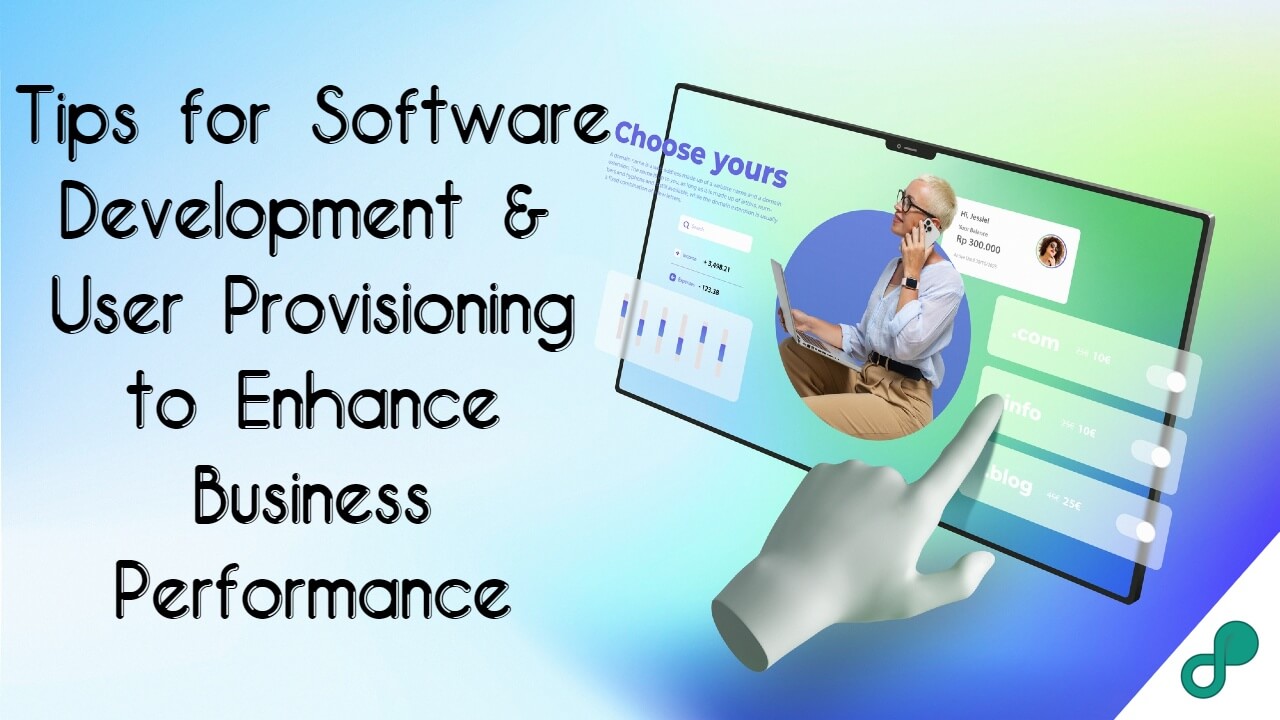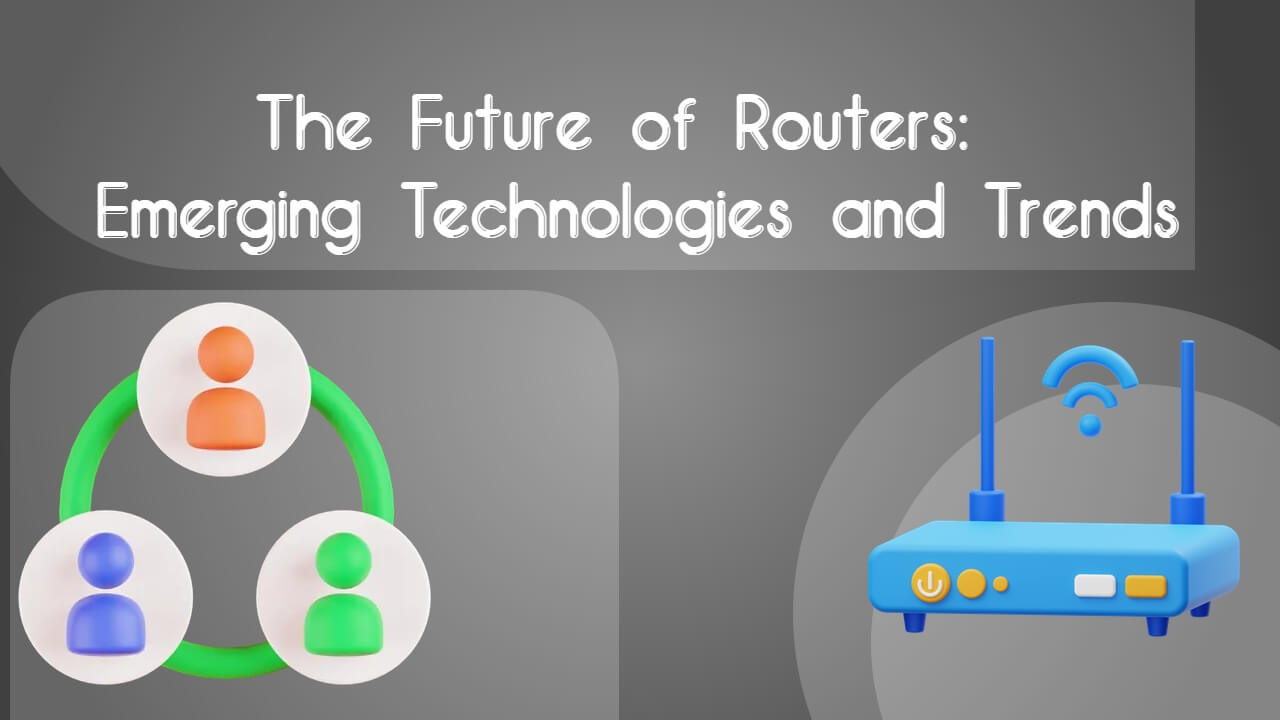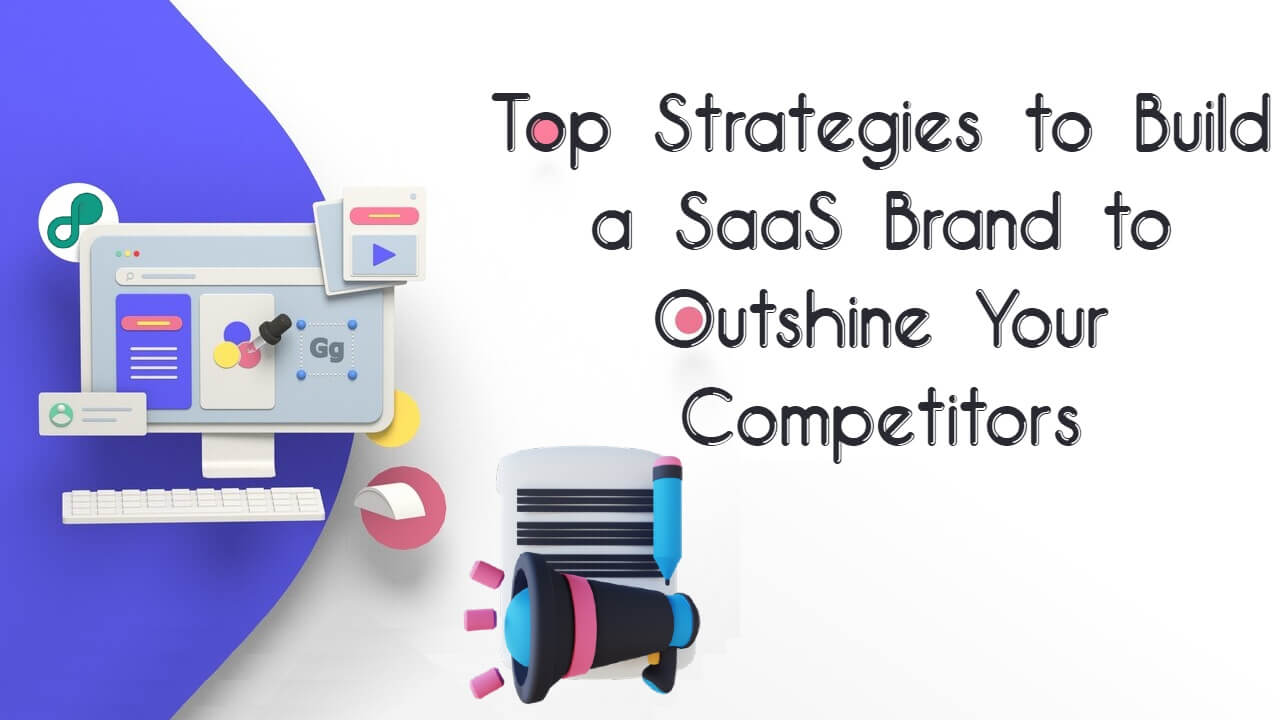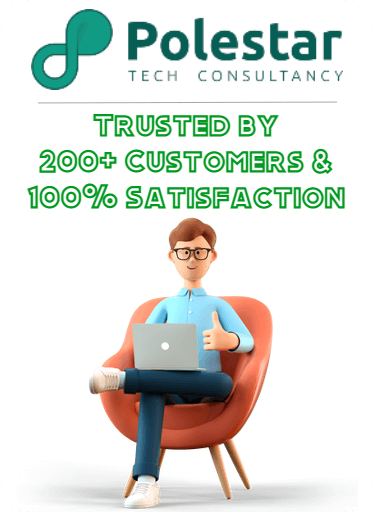03 Apr

Getting ahead in 2023 requires effective software development and user provisioning. Customers want improved processes, and excellent employee management is critical for success.
Whether you are producing cutting-edge solutions for your customers or employees, software development helps you integrate new systems to improve your experiences. In addition, user provisioning allows companies to create, maintain, update, and delete employees’ access from multiple applications and systems simultaneously.
This way, it’s easier for workers to transition into other roles, combine multiple responsibilities and leave positions seamlessly, increasing organizational performance. Therefore, software development and user provisioning improve customer and employee experiences, enhancing retention.
This article discusses the best tips for software development and employee retention for businesses looking to thrive in 2023.
Let’s take a look.
The best tips for user positioning for businesses
There are specific tips you can implement to enhance user provisioning. Let’s discuss them below:
1. Create a comprehensive user provisioning policy
One of the best tips for user provisioning is building a policy that guides the company’s user provisioning process. To do this, identify the user provisioning scope. This includes selecting the accounts and applications that would be included in the user provisioning policy. Second, define the roles, including highlighting employees’ roles in the organization and the access levels for every role.
The next steps to creating an effective user provisioning policy include the following:
- Create approval access: Identify the individual responsible for approving, changing, and deleting users’ accounts. This could be the HR, IT staff, etc.
Identify the account creation process: Highlight account creation steps, including how to create accounts for new users, verify their identity and delegate the right access levels. - Create the account modification process: Highlight the steps to be followed when fixing an existing user account. The modification could include updating user information or changing access levels.
- Build an account deletion process: State the activities involved in deleting existing accounts. This may involve revoking access to systems and deleting the employees’ personal information.
- Document and communicate the policy: Document the policy clearly for easy understanding. In addition, ensure concerned parties are aware of the policy for references.
- Track compliance: A user provisioning policy is only effective when executed appropriately. Therefore, monitor user provisioning activities to ensure the policy is followed for optimal results.
2. Automate user provisioning
Automating user provisioning activities enables efficiency and accuracy. It automates repetitive tasks and encourages faster results. Therefore, rather than drown in onboarding and other HR paperwork, automation streamlines activities to reduce your workload. From user provisioning management to change requests, user migration, and removal, automating user provisioning saves the company time and resources when employees start a new role or transition to other positions.
Create an onboarding checklist and integrate tools to automate user provisioning. In addition, create rules that automatically give users access to specific requests and resources based on their roles and positions in the company.
This way, users automatically perform certain functions without a back-and forth-with HR. Another way to streamline user provisioning is to integrate appropriate tools at every step of the process. For instance, if sales employees join the HR system, they automatically activate the cloud Identity and access management (IAM) platform. This way, all new sales reps will have a CRM account that creates credentials for them to have instant access to systems.
Primarily, automating user provisioning simplifies and speeds up onboarding processes and minimizes onboarding costs and efforts. Therefore, automate user provisioning if you want to improve employees' experiences, minimize HR workload, and save time and cost with onboarding to grow your company.
3. Track user provisioning
Another key step to achieving the best results with your user provisioning is to monitor its results regularly. Routine checks can be done monthly, quarterly, or yearly. When conducting routine checks, monitor the number of requests handled and the time required to address the requests. In addition, review user experiences to identify challenges and make necessary improvements.
Measuring user provisioning performance helps you identify if it’s generating the desired results. It’s also an excellent way to detect inconsistencies early and make changes instantly. Therefore, track user provisioning to measure its performance and make adjustments when needed. This way, you can provide the best onboarding and offboarding experience for improved employee management.
Top strategies for software development
Software development is an effective way to stay ahead and improve customer and staff experiences in your organization. So, if you want to develop new software and processes in your organization for better performance, adopting these strategies can help. Let’s discuss them.
A. Create a plan
A successful software development implementation starts with a clear plan. What are your goals? What are your customers' and employees’ current challenges, and how can you help?
For instance, if you notice employees get to work late due to poor parking management, your goal could be to integrate a parking booking system that will create parking slots and help workers secure their space ahead. Ultimately this eliminates parking anxiety, promotes punctuality, and increases workers’ satisfaction.
Therefore, identify your employees' challenges and create tools that solve them. To do this, you must identify a need, define your goals and create timelines to achieve them.
B. Use agile development methodology
Agile development methodology for software development enables collaboration, flexibility, and progress. It primarily simplifies your software development process by encouraging you to prioritize and break activities into smaller tasks.
So, once you’ve identified the problem you want to solve and the software to develop, adopt an agile development methodology with these steps:
- Identify the project’s requirements: Know what is required to get the job done. This will help you harness the right support to achieve your goal (s) quickly.
- Priotize requirements: Priotize requirements based on their importance and urgency. Doing this will help you channel your efforts to the most critical aspects of the development process.
- Create user stories: User stories are descriptions of the features your users need. Creating user stories serves as a road map and ensures the software meets your users' needs.
- Create a product backlog: A product backlog is a list of user stories that must be developed, often arranged in order of priority.
- Create a sprint plan: A sprint plan is a short and fixed period the team works on the user stories.
- Conduct sprint reviews: This involved the review of completed sprints in showcasing progress and gathering feedback from stakeholders.
- Have a retrospective: This is where the team examines what went well during the previous sprint and what can be improved in the next sprint.
- Repeat: The team repeats each sprinting step until the software is developed.
Essentially, adopting the agile development methodology in the software development process organizes and streamlines activities. Consequently, you can track each stage of the development process for the best outcome.
C. Adopt regular integration and deployment
Regular integration and deployment is a critical practice in software development that requires integrating code continuously and deploying them for production. This ensures the code is always updated and issues are quickly identified and fixed. Here are factors to consider when integrating and deploying code effectively:
- Automate the build process: Use tools to streamline the process and save time.
- Use version control: Use version control to manage changes in the code. Doing this will help you track changes and revert to a previous version if needed.
- Write automated tests: Writing automated tests helps you identify any bugs or errors in your code.
- Use containers: Containers streamline the deployment process by placing your applications in your container. As a result, you can deploy your application in various environments.
- Continuously deploy: Continuous deployment means changes are automatically deployed to production once they are tested and approved, reducing the risks of errors.
Regular integration and deployment practices allow you to improve your code’s quality and reduce the time required to deploy changes to production.
D. Gather feedback with feature request software
Once you’ve developed software for your users, gather feedback to analyze their experiences. This will give you first-hand information about the impact of the software you’ve developed and its challenges.
A tool like Zeda’s feature request software captures and tracks users’ feedback on a product, including websites and applications. Developers can obtain feedback from real users, enabling accurate insight that allows them to make the best improvements.
So, if you want to know how a product performs, use feature request software to gather users’ opinions. They identify issues and improvement areas easily, prioritizing features to develop.
Use Effective Software Development and User Provisioning to Improve Your Business’s Performance in 2023
Software development and user provisioning are key ways to boost your business’ performance in 2023 because they let you build new systems and streamline customer and staff processes. Therefore, they improve experiences, streamline processes, and help you save time and resources to grow your business.
Implementing software development and user provisioning can be challenging, but this article provided the top tips to enhance your business’s growth with both strategies. Use these tips effectively to streamline processes, create better experiences, and boost your business’s performance in 2023.

.png)













Jay Pala